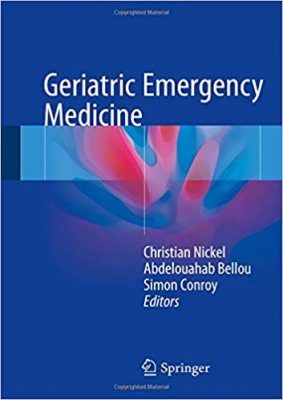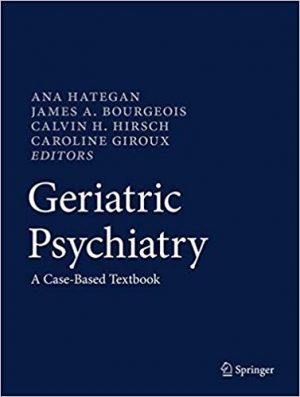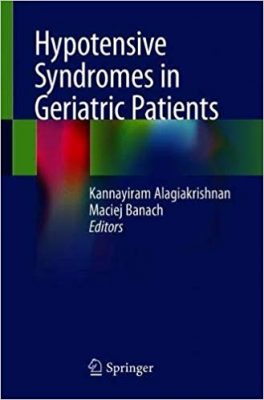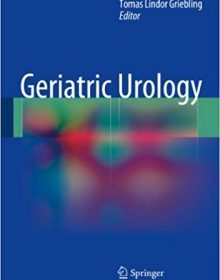Advanced Age Geriatric Care: A Comprehensive Guide
Advanced Age Geriatric Care: A Comprehensive Guide
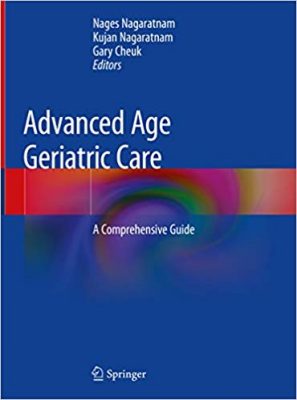
Advanced Age Geriatric Care: A Comprehensive Guide
As the Baby Boomers age, concerns over healthcare systems’ abilities to accommodate geriatric patients grow increasingly challenging. This is especially true with the population deemed to be “the oldest of the old,” specifically those over the age of 85. Unlike any other time in history, this demographic is the fastest growing segment of most developed countries. In the United States the oldest old is projected to double from 4.3 million to 9.6 million by 2030.
The increased life expectancy of the population since the early 1900s has been built on the improvement of living conditions, diet, public health and advancement in medical care. With this we have seen a steady decline in the age-specific prevalence of vascular and heart diseases, stroke and even dementia. Older persons are healthier today than their counterparts decades ago. More importantly than in any other age group, the care of the oldest old must be individualized; management decisions should be made taking into consideration the older persons’ expressed wishes, quality of life, function and mental capacity.
DOWNLOAD THIS BOOK




